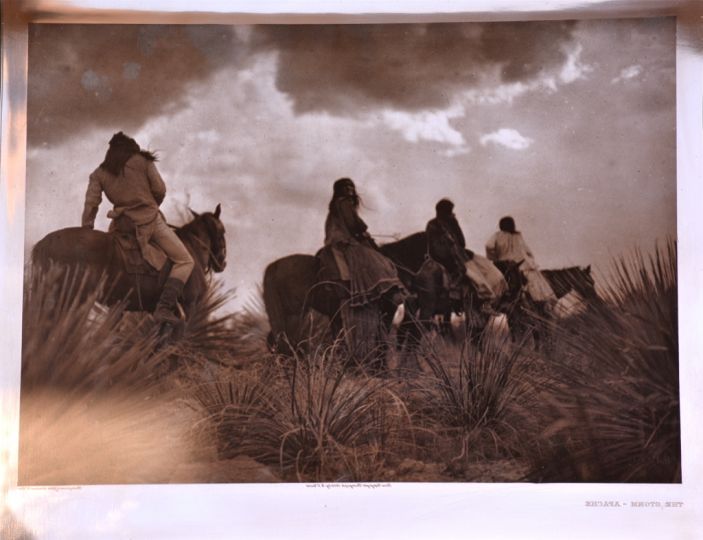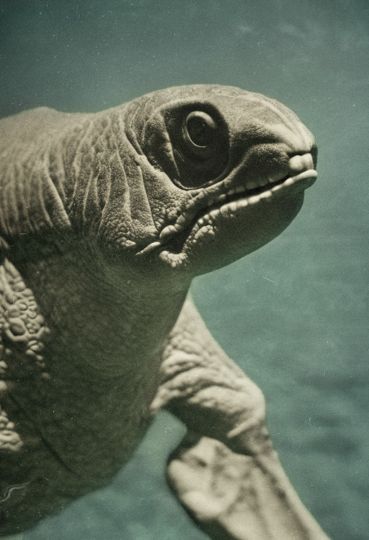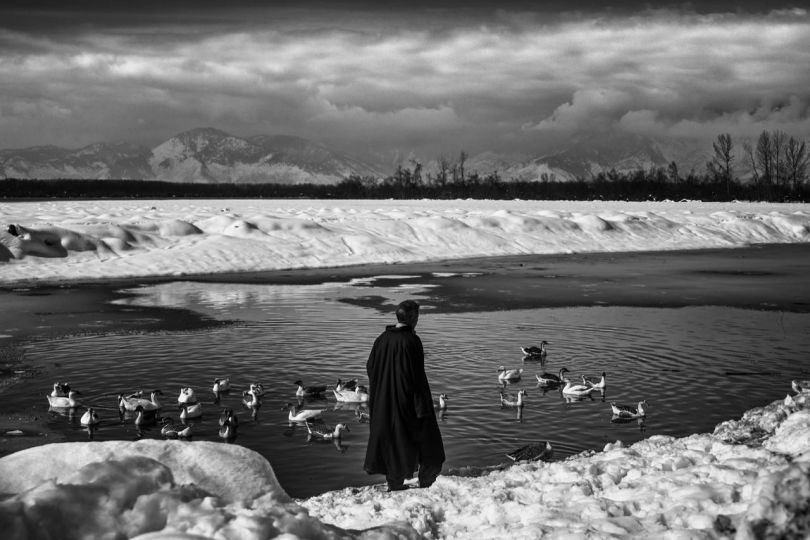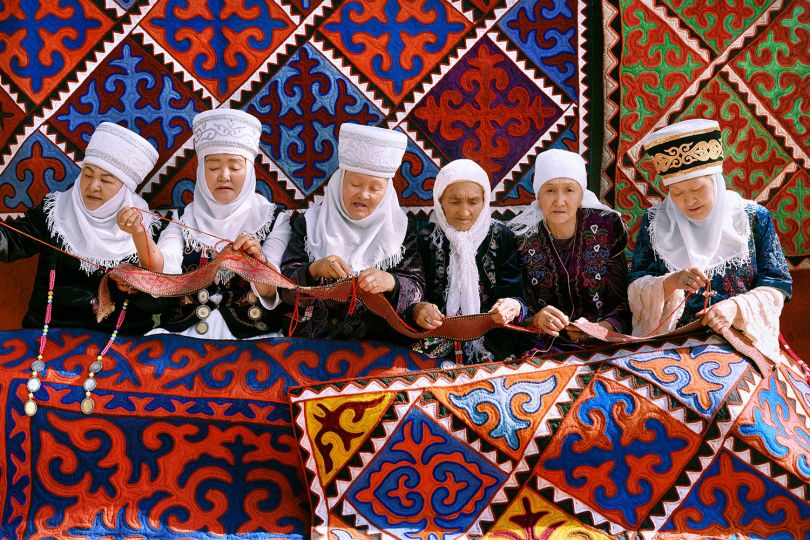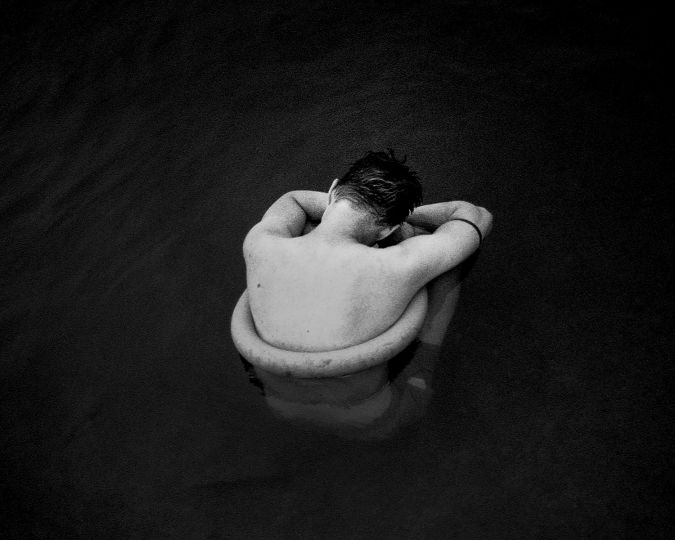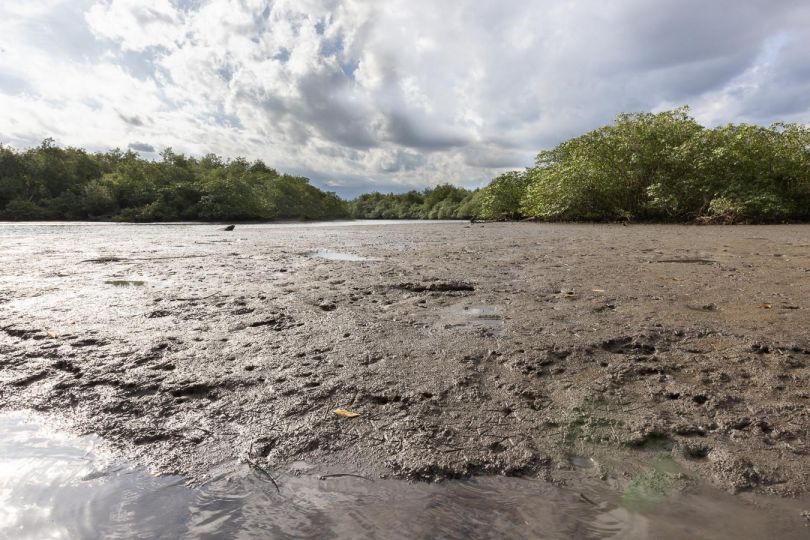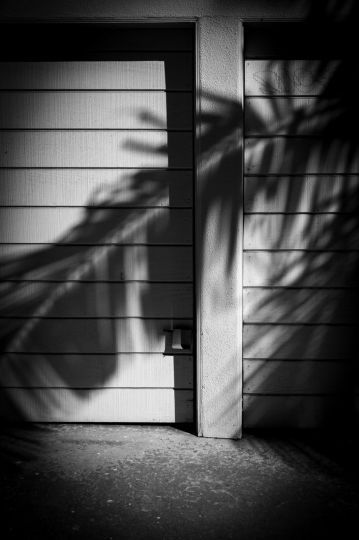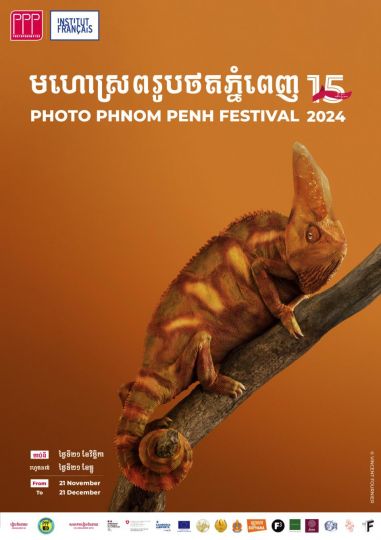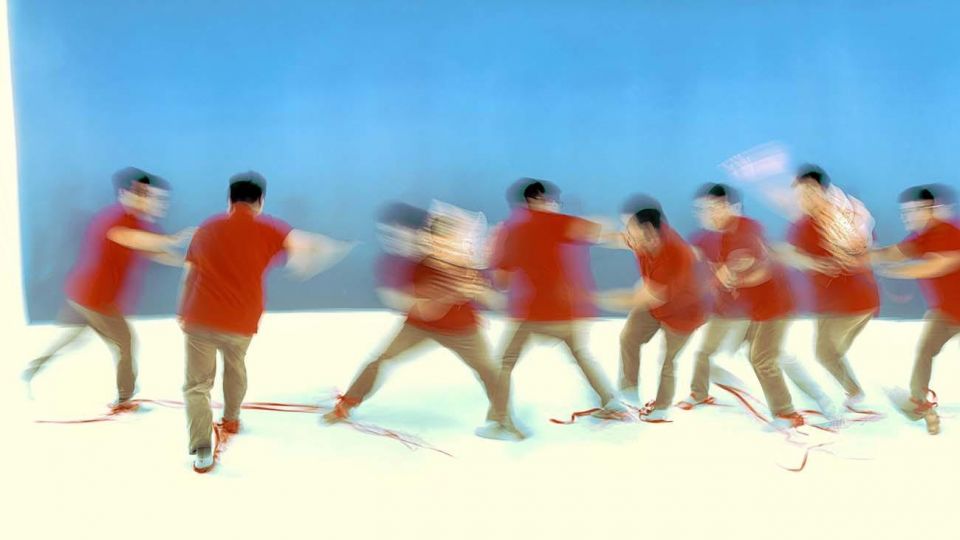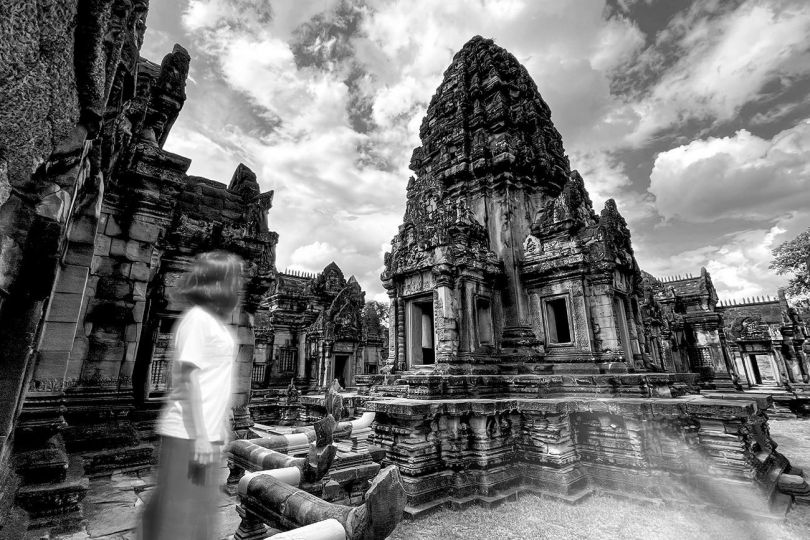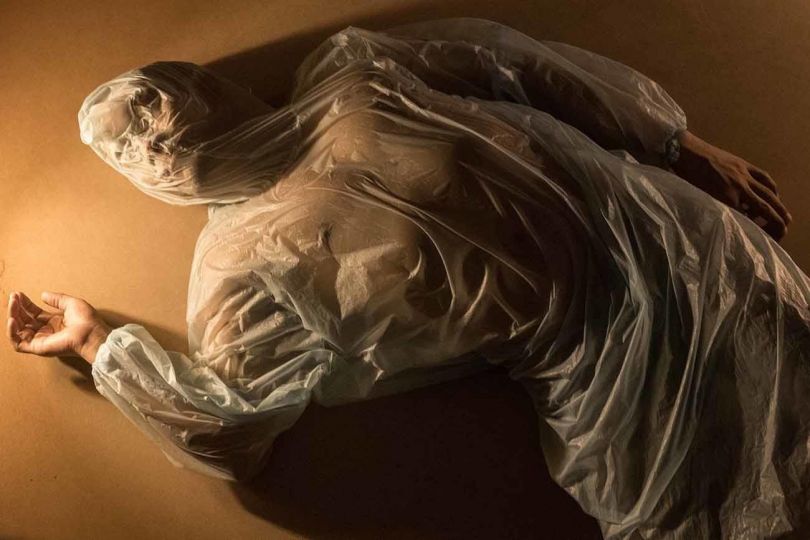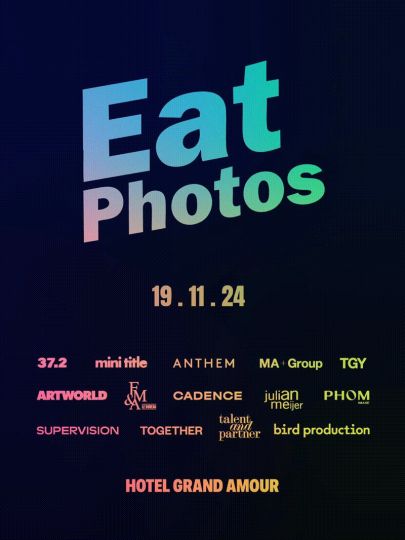Edward S. Curtis is among the most important photographers of the 20th century, and is undoubtedly the most influential photographer of the American West. His work represents a document of a people. He was the first photographer to meet his American Indian subjects on a ground defined by mutual trust and respect; the first photographer to portray them as anything other than objects of curiosity. He was able to create a lasting vision of the American Indian. Many of the images that he produced not only record the daily life of a people, but also convey a dignity, universal humanity and majesty. The solo show, “Discovering the Copper Photogravure Plates of Edward S. Curtis” includes multiple photographic media to create a historical visual narrative which contextualizes the significance of these works. Each of the plates exhibited is a unique work and a primary document of one of the most significant publishing ventures of the 20th century.
The Bruce Kapson Gallery is honored to be presenting at Paris Photo Grand Palais the solo show, “Discovering the Copper Photogravure Plates of Edward S. Curtis,” the premiere exhibition on the European continent of this transcendent body of work in its 109-year history. Curtis spent more time perfecting the imagery on these Copper Photogravure Plates than on any of his photographic media. Each is unique. The three-dimensionality of this polished copper plate offers a wholly new experience, one that is distinct from Curtis’s gravures, photographic prints, and orotones. The plate is a unique work from the oeuvre of one of our most important photographers, and a primary document of one of the most significant publishing ventures of the 20th century. The solo show also includes rare examples of Curtis’ other photographic mediums to create a historical visual narrative which contextualizes the significance these work.
Edward Curtis was a genius of an artist who focused all his immense talents on his singular obsession to save the traditional life ways of the American Indian. And astonishingly, over a staggering thirty-year period of work, he did accomplish what he sought out to do and he did save the traditional life ways of these peoples but at tremendous personal cost. It cost him his marriage, it cost him any financial gain he might ever had had, and it cost him his health. It spite of all this, he persevered and left a body of work never to be equaled in the field of photography or publishing.
Curtis was uniquely able to create, out of whole cloth, a lasting vision of the American Indian that never existed before it was first seen through his photographic lens. The photographic works of Edward Curtis have the duality of being an incredible artistic creation at the same time as being a document of a people. Edward Curtis produced images of the American Indian that not only record real daily activity, but also, remarkably, are able to convey a dignity, universal humanity and majesty that transcend literally all other work ever done on the subject. In his photographs, we see images that are unique and are able to stand-alone in the world of photography.
Edward Curtis was truly revolutionary in his portrayal of the American Indian. He was the first photographer to involve American Indians as active participants and contributing collaborators in the making of their own image. He was the first to portray them as anything other than objects of curiosity. His distinct visual legacy can readily been seen in work ranging from Irving Penn to John Ford, and from Annie Leibovitz to Sebasitao Salgado. Equally impressive about this dynamic artist and mostly unacknowledged, was his ready exploration and innovation of other media, including film, multi-media production, and sound recording.
Curtis was the first in many things. Only a few years after field motion picture cameras were available, Curtis was using them to document Navajo, Hopi and Cheyenne rituals. It can also be argued successfully that Curtis, and not the commonly cited Robert Flaherty, is the father of documentary film with his 1914 feature In the Land of the Head-Hunters [War Canoes]. Curtis also meshed lanternslides, live music and live narration in a spectacular lecture series or Musicale in 1911 that stunned and moved the nation’s critics and audiences alike. He used early sound recording devices to capture Native American language and music in the field. When viewed in this context, Curtis can been seen as an early technology adaptor, a true innovator in using what was the newest media or incorporating standard media in new ways. This gifted artist was an innovative photographer, a pioneering filmmaker, and a sound historian all rolled into one.
Curtis was the first in many things. Only a few years after field motion picture cameras were available, Curtis was using them to document Navajo, Hopi and Cheyenne rituals. It can also be argued successfully that Curtis, and not the commonly cited Robert Flaherty, is the father of documentary film with his 1914 feature In the Land of the Head-Hunters [War Canoes]. Curtis also meshed lanternslides, live music and live narration in a spectacular lecture series or Musicale in 1911 that stunned and moved the nation’s critics and audiences alike. He used early sound recording devices to capture Native American language and music in the field. When viewed in this context, Curtis can been seen as an early technology adaptor, a true innovator in using what was the newest media or incorporating standard media in new ways. This gifted artist was an innovative photographer, a pioneering filmmaker, and a sound historian all rolled into one.
Most of my entire professional life, with the exception of a decade working as a television news photographer, has in some way been devoted to the work of Edward S. Curtis. Beginning as a young collector at eighteen, then a private dealer, research scholar, gallery owner, curator, conservator, consultant, I am now tasked with bringing his incredible and rare Copper Photogravure Printing Plates to the public. I find these Plates to possess a compelling beauty. The three-dimensionality of these polished copper plates offer a wholly new experience, one that is distinct from Curtis’ gravures, photographic prints, and goldtones.
Edward Curtis began work on these Copper Photogravure Printing Plates in 1906 to produce the images to be used in The North American Indian and would work on them continuously until the project was finally completed in 1928. There are hundreds of Photogravure prints existing of each image from The North American Indian, hundreds of Goldtone prints, and scores of Platinum and Silver prints of certain images by Curtis. There exists only one Copper Photogravure Plate for each image. They are unique and they are transcendent.
FAIR
Paris Photo 2015
From 12 to 15 November, 2015
Grand Palais
Avenue Winston Churchill
75008 Paris
France

